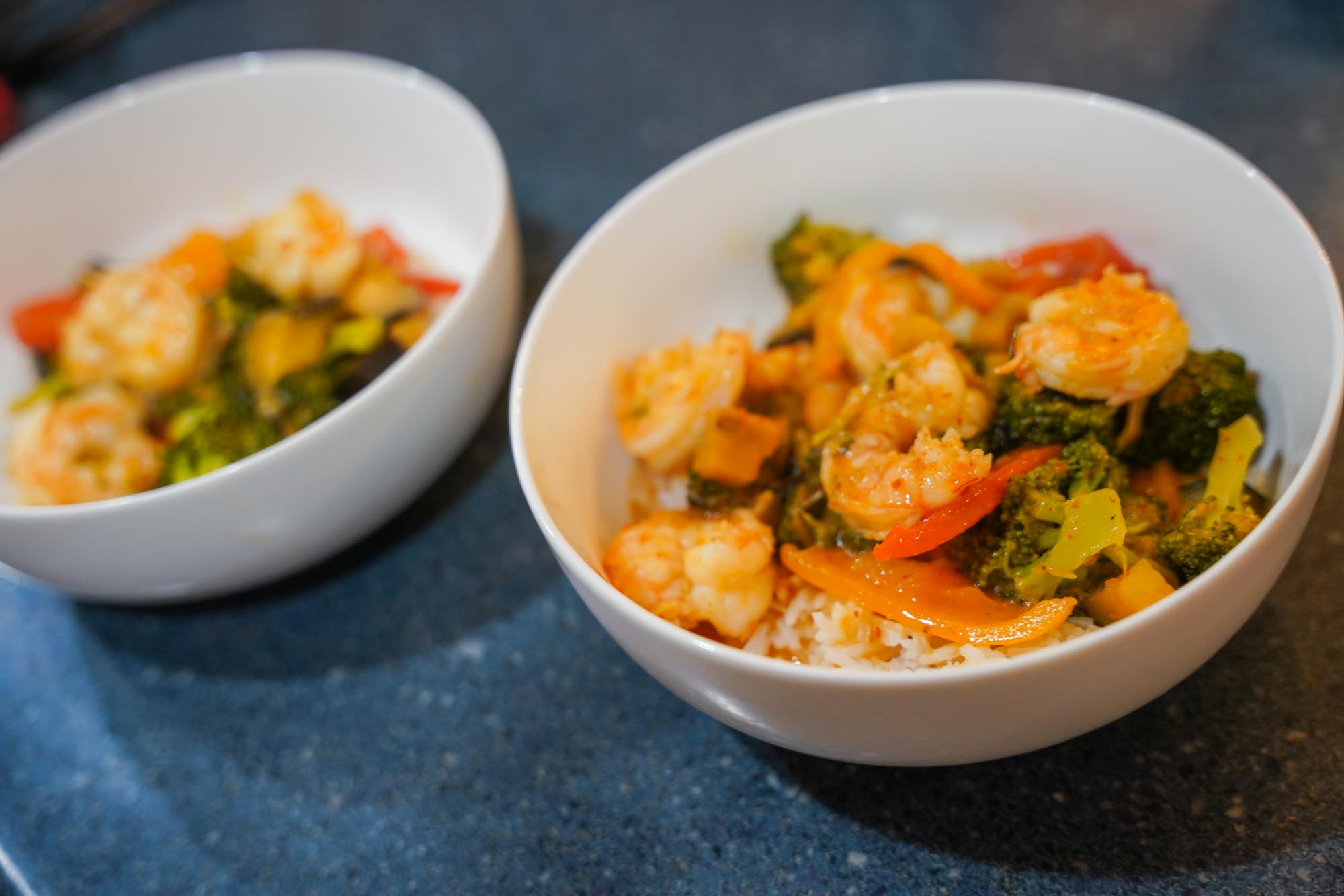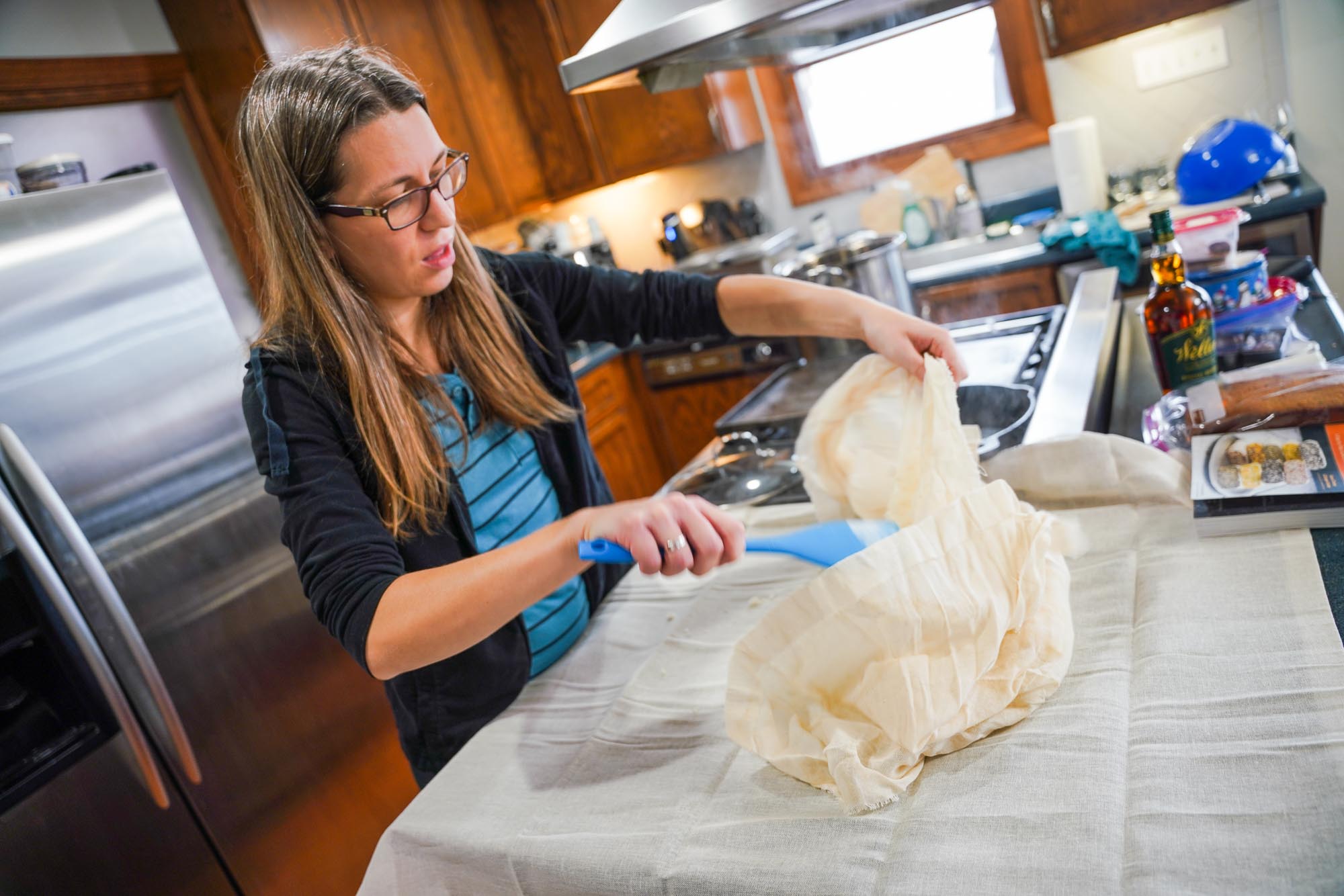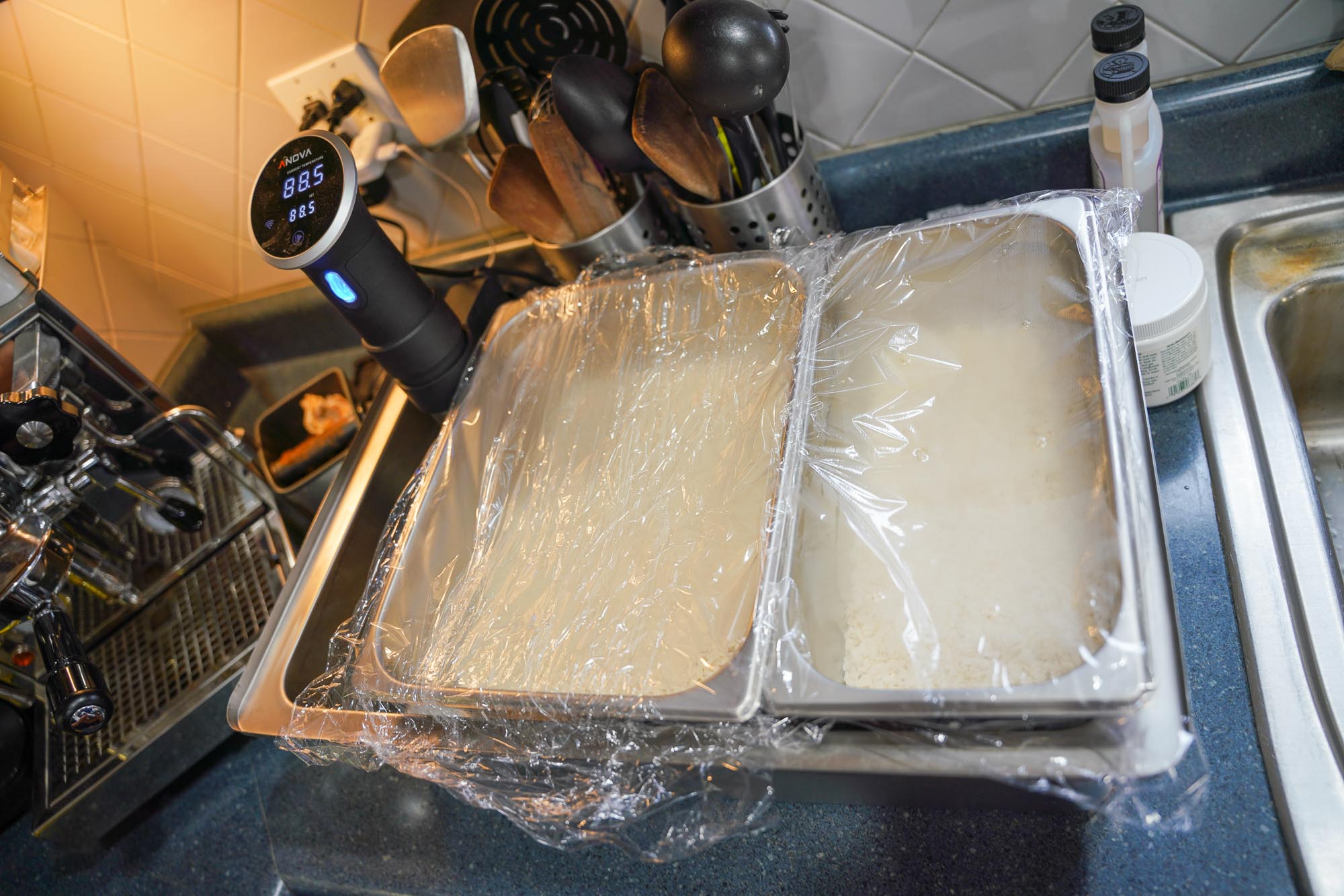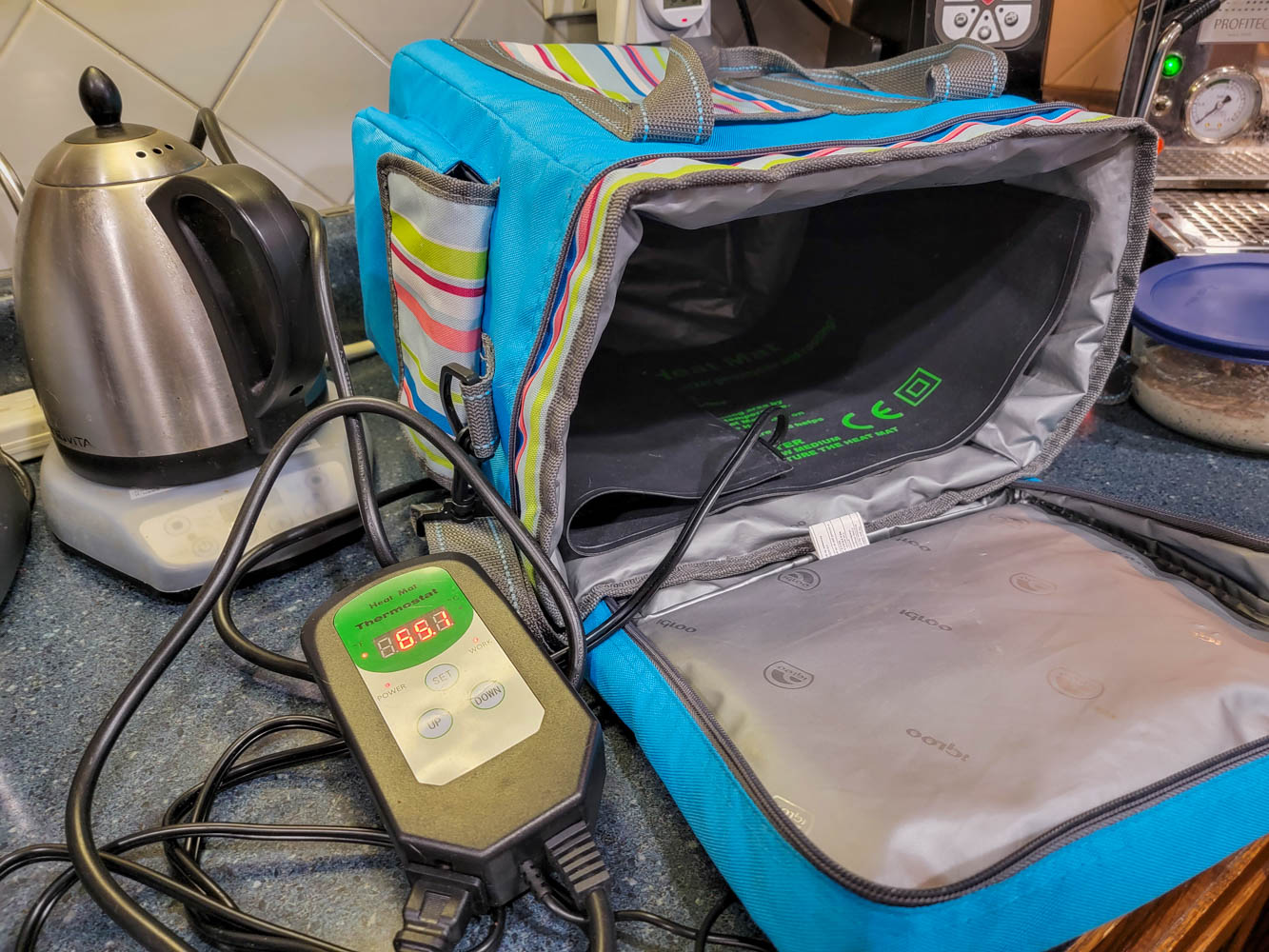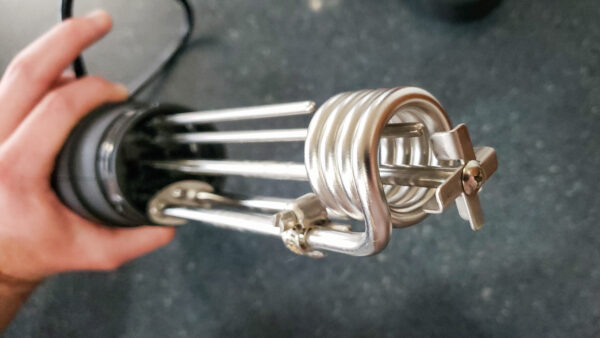If you garden at all, chances are you've been overwhelmed at one time or another with the volume of produce your garden has produced. Or perhaps you participate in a CSA and just can't figure out what to do with those five-pound zucchinis they keep giving you. Or maybe you've just been a little too ambitious with your farmer's market purchases.
We've all been there. However you got there, you've ended up with too many fruits, veggies, or herbs, and there's no way you'll be able to cook with them all before they go bad.
We've been in this position numerous times, and while it used to stress us out trying to figure out how to eat kale for breakfast, lunch, and dinner, we've come to realize that there are so many ways to preserve summer's bounty for future enjoyment.
In this one, we dive into an overview of five of our favorite ways to preserve fruits and vegetables- what they are, what equipment you'll need to get started, and some basic ideas to spark your creativity.


